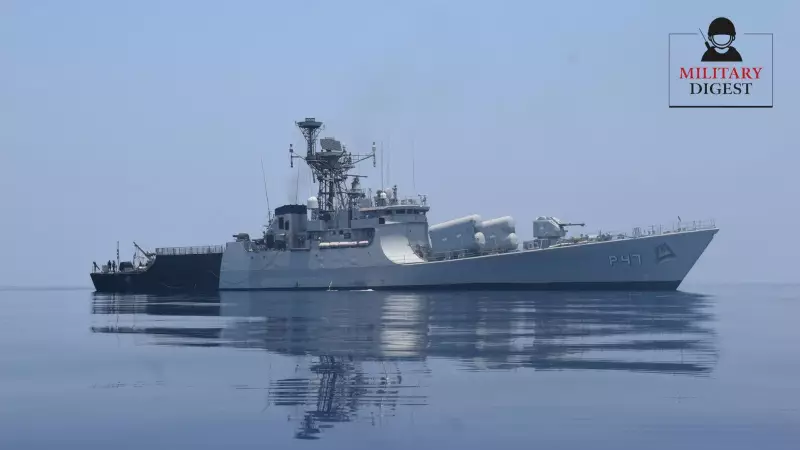
The Indian Navy maintains a rich heritage of traditions that connect it to maritime forces worldwide, with many customs tracing back to Royal Navy influences. One particularly fascinating practice involves the firing of ceremonial guns during court martial proceedings, a tradition documented in historical records and still observed by navies globally.
The 1968 Court Martial Gun Salute
An intriguing document from the National Archives of India reveals a January 1968 letter from a Deputy Secretary of the Ministry of Defence to the Military Secretary to the President. This correspondence detailed an upcoming court martial at INS India and noted the naval practice of firing a saluting gun daily at 8 am during court martial days.
The letter specifically mentioned that since INS India was located near Rashtrapati Bhavan, the information was being shared for necessary action and presidential awareness. The correspondence was marked as 'most immediate,' highlighting its importance. While current practice status remains uncertain, The Regulations for the Navy continue to govern such traditions.
Global Naval Traditions Continue
The Royal New Zealand Navy confirmed this tradition remains active when they announced in 2021 that a gun would be fired every morning at 8 am at Devonport Naval Base to mark court martial proceedings. Their official statement explained that historically, a signal gun alerted fleet ships in harbor about ongoing court martials.
This practice, sometimes unofficially called the 'Rogue's Salute' or 'One-gun salute,' occurs alongside the flying of a Union flag from peak halliards while the court sits. The Royal New Zealand Navy also raises their national flag at 8 am each court day, lowering it when proceedings adjourn.
Crossing the Line Ceremony
The most recognized naval tradition among civilians remains the 'crossing the line' ceremony, performed when ships cross the equator. This lively ritual, led by the Lord of the High Seas (Varuna or Neptune), initiates 'novices' - those crossing the equator for the first time.
Carl H Gomes, in his work 'Naval Customs, traditions and punishments in the IN and the RN,' describes this as an important feature of naval culture that continues into the new millennium. Participants who've previously crossed the equator take roles as Lord Varuna, his consort, and courtiers in the elaborate ceremony.
Historical records show that naval punishments were once severe public spectacles. In the Royal Navy, officers faced firing squads while sailors were hanged from yardarms, with ceremonies including drum rolls and crew observation intended as lessons about consequences for violating Articles of War.
As Admiral of the Fleet Andrew Cunningham famously noted, "It takes the Navy three years to build a ship. It will take three hundred years to build a new tradition," underscoring the enduring importance of naval customs that transcend national boundaries and connect maritime forces across generations.





